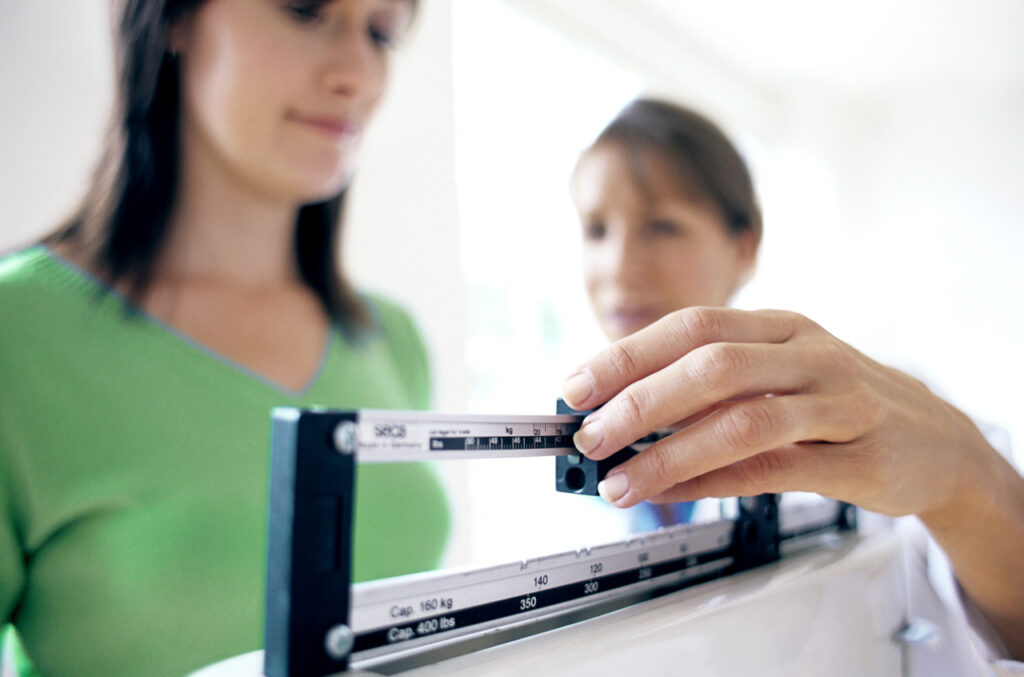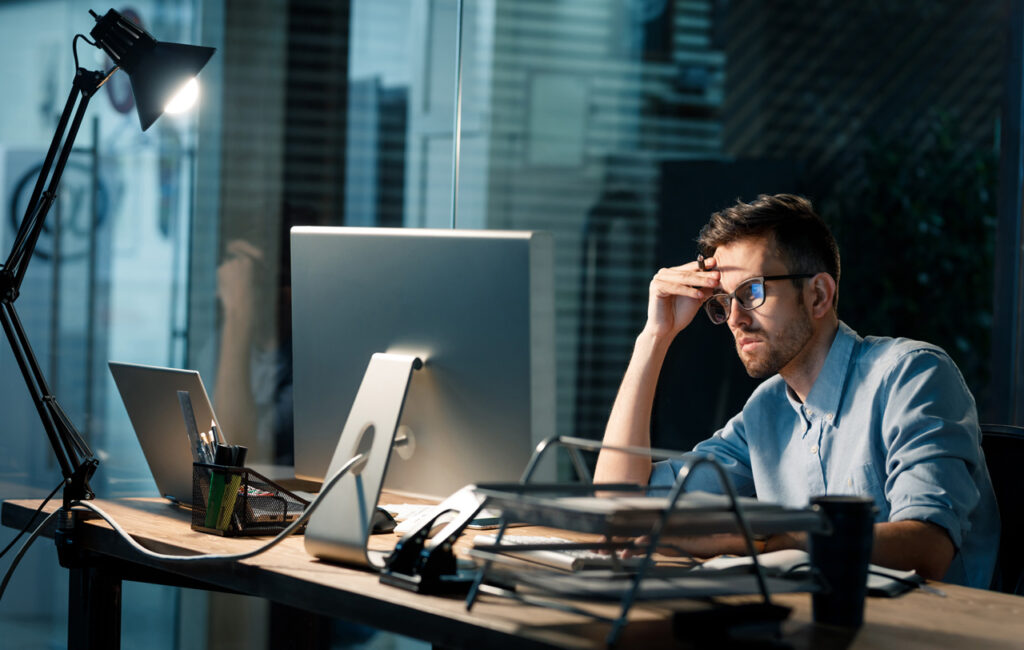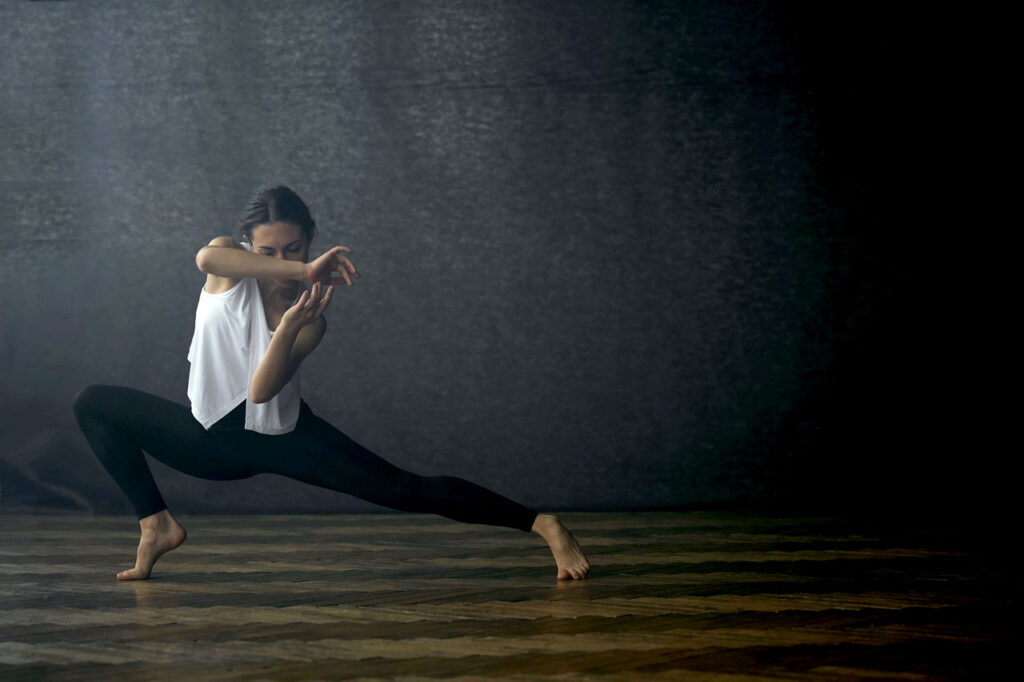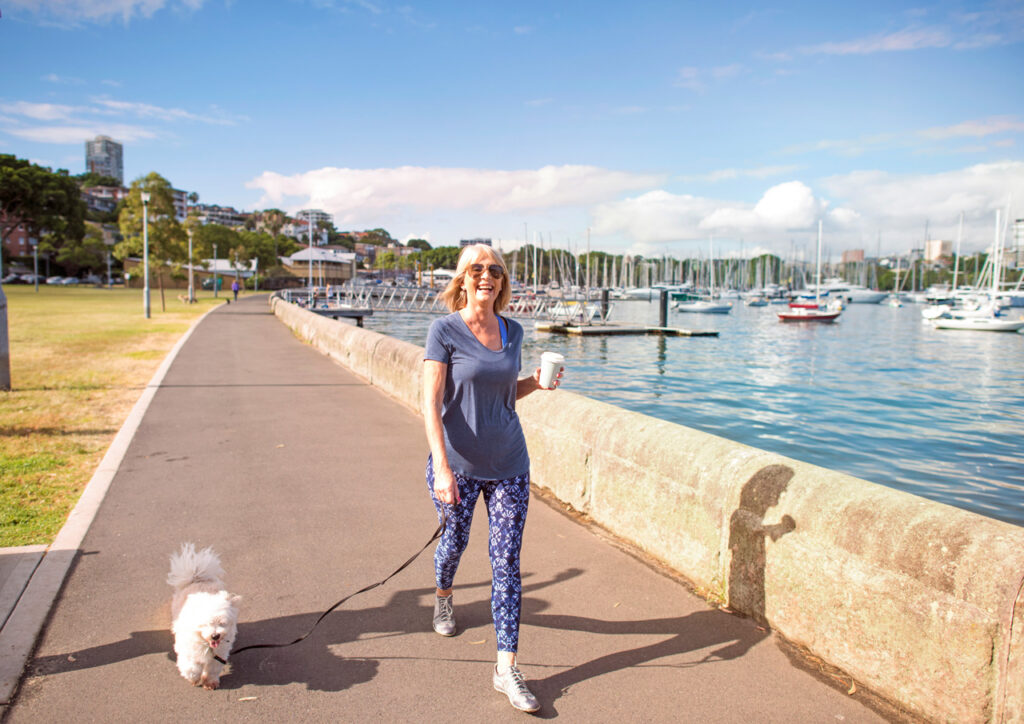
Your Guide to Clinical Exercise Classes by Physiotherapists versus Exercise Physiologists at RedoHealth
Have you heard about the mystical Chinese art of Qigong? If you have, I still believe that Qigong may remain something of a mystery to

For many this was a godsend!
No commuting.
Working to your own schedule.
Not having to get dressed up for work.
Sleep in? Sure why not?
Let’s just say coffee in the local area boomed!
But for others the commute to work was integral to their regular exercise routine along with walking at lunch time and catching up with colleagues in and around the office throughout the day.

Their usual routine got them moving and working from home put a huge spanner in this.

Feedback received from active wear as to waistlines is just not the same as fitted office style attire.
So, there are pros and cons to working from home and working in the office. The good news is that for most of us there is at least some hybrid option of working from home and in the office now or routines have been embedded to bring exercise and movement into your day if your office remains your home.
From talking to clients and working with corporates and businesses along with my own experiences (I teach in the undergraduate physiotherapy program where we had to teach massage techniques via Zoom!), there are various strategies to employ.
But before we look at the strategies, let’s take a look at one of the biggest issues with working from home:


Move it and you will see on the inside:
As you move more your body adapts by building better and greater infrastructure to support this including increased number of:
Sit for extended periods a lot and these processes reverse.
Sitting tanks our metabolism!
Muscles drive our metabolism.
As a consequence, we increase our risk factors for lifestyle diseases including cardiovascular disease, diabetes, obesity, Alzheimer’s and some cancers.
This is due to the cardio-metabolic processes that are not being stimulated along with an increase in our inflammatory markers in our body. The list goes on, as we are not regulating our system as well our blood sugars rise as our insulin sensitivity falls and circulating blood fats increase as our fat burners switch off. We are also at higher risk of blood clots as well due to reduced circulation.
Now if that is not enough to get you off you bum and onto your feet quick we know that your mood, concentration and overall energy levels are affected all the same.
So back to the strategies to increase the movement in your day while working from home.

Take the long way around, take the stairs and find all the hills around your area for a bit of huff and puff.You might already be doing a lot of these strategies which is great or they may give you a few ideas to add to your weekly routine.
Looking for a local class? We offer small group physiotherapy or clinical exercises classes that will get you moving and help combat the negative effects of too much sitting! Learn more here.

Have you heard about the mystical Chinese art of Qigong? If you have, I still believe that Qigong may remain something of a mystery to

Have you heard about the mystical Chinese art of Qigong? If you have, I still believe that Qigong may remain something of a mystery to

Have you heard about the mystical Chinese art of Qigong? If you have, I still believe that Qigong may remain something of a mystery to